Discover wind solutions
With the full value chain represented, Denmark is home to thousands of innovative wind solutions.
Discover solutions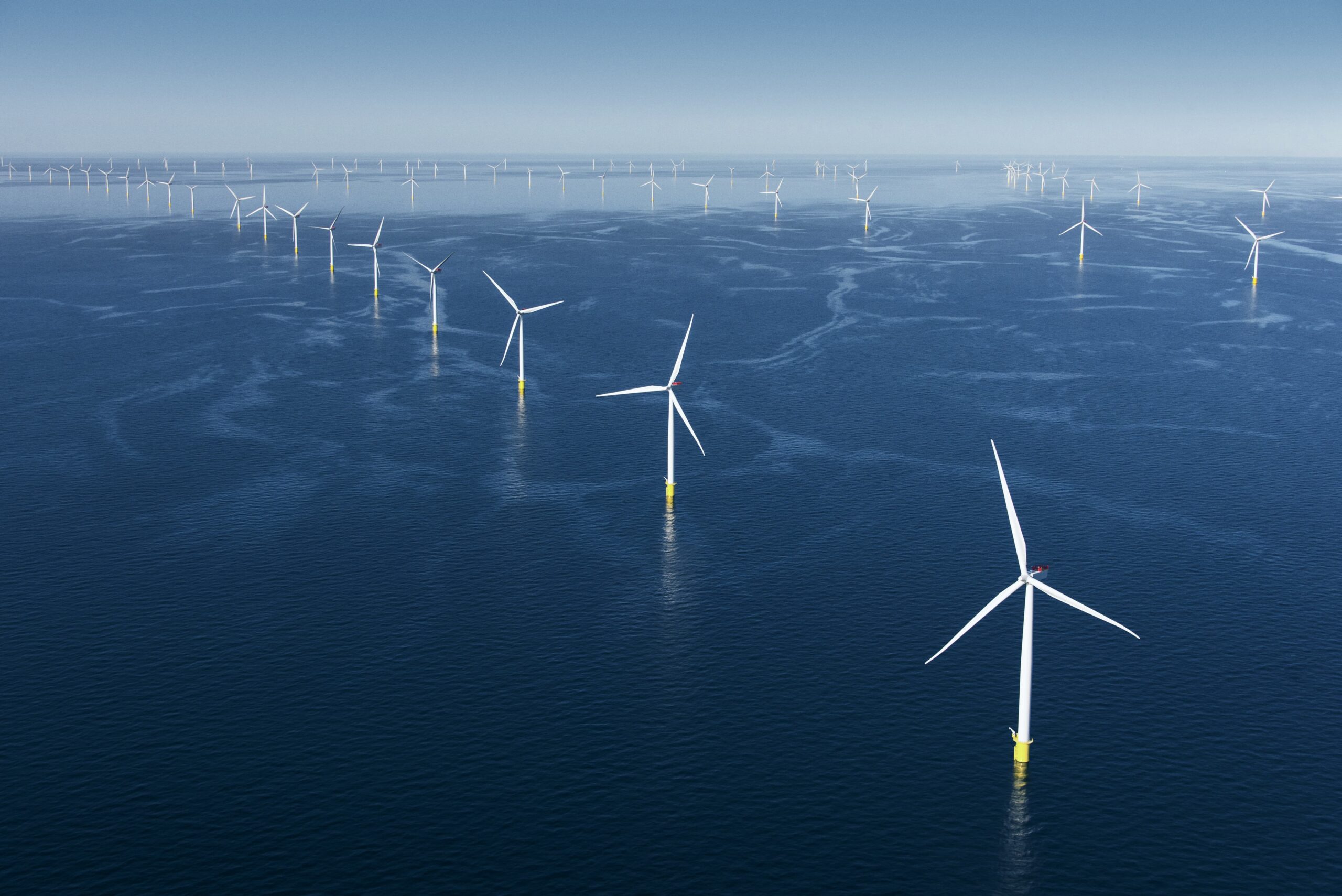
Wind energy plays a key role in reaching Denmark’s target of 70 % greenhouse gas emission reductions by 2030. And with some of the best wind conditions in the world, it is easy to understand how Denmark has become a global hub for wind power technology.
Denmark has made great strides in wind energy, utilizing the power of the wind to generate clean, renewable electricity for millions of people. Despite being a geographically small country, Denmark has invested heavily in both onshore and offshore wind, making the country a leading player in the global wind energy industry.
With approximately 7,000 turbines accumulating 7.2 GW across land and sea, more than half of the Danish electricity consumption is covered by the wind blowing over the country’s sea and land.
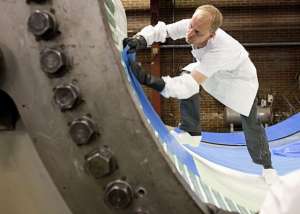
With the full value chain represented, Denmark is home to thousands of innovative wind solutions.
Discover solutionsDenmark is by many considered the birthplace of offshore wind energy. In 1991, Denmark made history as the first country in the world to install a commercial offshore wind park. 11 wind turbines with a combined capacity of 5 MW were installed in the shallow waters off the coast of Vindeby in the southeast of Denmark.
Though modest in size, it was the beginning of a giant leap in wind energy on a global scale. Since the early 1990s, Denmark has continued to lead the way in the development and implementation of offshore wind technology, with a number of large-scale wind farms installed in the North Sea and Baltic Sea. Wind turbines have become highly efficient and cost-effective, with the newest offshore models reaching up to 15 MW in size.
Denmark has 8,750 kilometers of coastline and is surrounded by shallow waters, which is ideal when harvesting the wind resource. Up till now, Denmark has installed 2.5 GW offshore wind, and is looking into a built-out of up to 14 GW before 2030.
One of the key factors in driving Denmark’s success in offshore wind has been a strong focus on technology development and investing in research, demonstration, and test facilities and today, Denmark is home to some of the world’s largest and most innovative offshore wind farms such as Kriegers Flak, which is the first offshore wind farm to have grid connection to two countries.
The strong Danish offshore wind ambitions also entail plans to construct the world’s firs energy island, exploiting the immense wind energy resources in the Baltic Sea and the North Sea. The plans envisage the establishment of an artificial island in the North Sea that will serve as a hub for offshore wind farms supplying 3-4 GW of energy, with a long-term expansion potential of 10 GW.
The island of Bornholm will serve as the energy hub in the Baltic Sea with electrotechnical infrastructure and the possibility of green hydrogen production connected to 3 GW offshore wind farms planned off the coast of the island. Both energy islands will have grid connections to neighboring countries and are thus part of a hub-and-spoke grid that enables electricity to flow across borders and supply clean energy to the regions surround both seas.
Denmark has a strong commitment to renewable energy and environmental sustainability. The country has set ambitious targets for reducing its carbon emissions, and offshore wind has played a major role in helping it achieve these goals.
Denmark’s total capacity of onshore wind equals 4,769 MW, while the national offshore wind equals 2,468 MW.
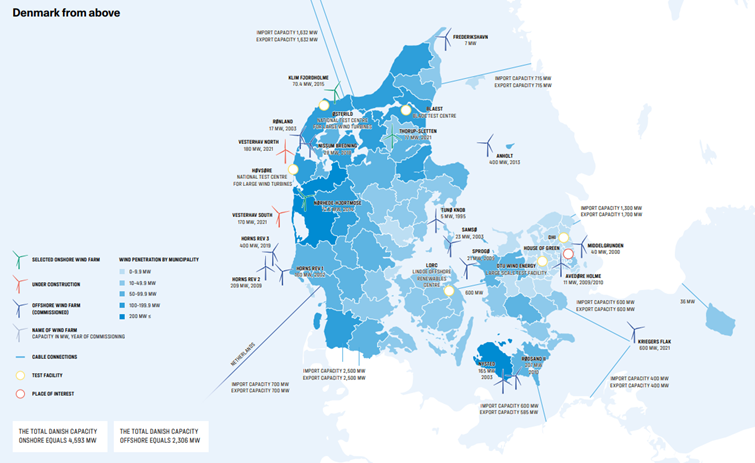
Onshore wind turbines have been used in Denmark for over a century, initially for agriculture and later for electricity. The Danish physicist Poul la Cour experimented with wind energy already back in the late 1800’s, but the 1970’s oil crisis truly reignited interest and kickstarted the growth in commercial wind energy in Denmark. By the early 1980’s, around 20 wind turbine manufacturers were active in Denmark, starting with wind turbines in kilowatt-sizes, but technology development has led to modern onshore wind turbines in the size of up to 7 GW.
Today, Denmark is a world leader in wind energy, with the industry employing around 33,000 people. More than 4,769 wind turbines rotate in the wind that sweeps through the fields of rural Denmark, making it a proud hallmark of the green transition and a Danish stronghold that dates back more than four decades.
As Denmark invests heavily in electrification, wind energy will play an even more critical role in the county’s future. To reach the country’s ambitious climate targets for reducing greenhouse gas emissions, the installation of wind energy in both onshore and offshore hubs will play a big part.
And going green makes sense from a financial perspective too. Through years of working with standardization of production and processes, technology development design optimization and cross-industrial collaboration, the wind industry has succeeded in driving down the cost of wind energy. As a result, both onshore and offshore wind energy are now the cheapest sources of energy in Denmark, outperforming any fossil fuel.
Since Denmark first embarked on its journey to invest in harnessing the power of wind a lot has happened. By 2030, Denmark anticipates reaching a 60 per cent wind power share.
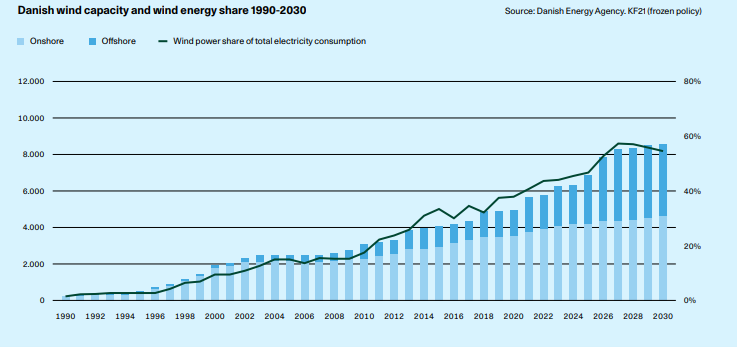
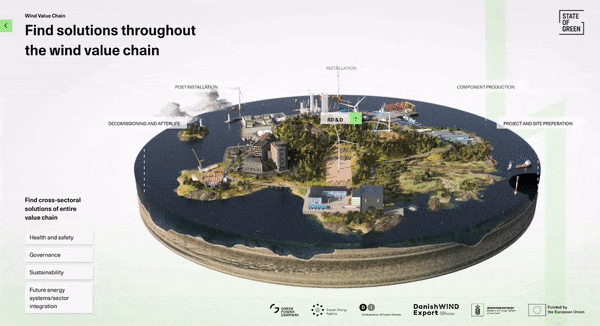
Dive into our digital visualisation of Denmark’s green wind value chain, and discover companies and organizations that specialise in wind-related technology, research, and innovation.
Discover the Danish wind value chainFrom R&D, installation and grid management to sustainable supply chains, Denmark covers the full spectrum of the wind industry. Discover cross-sectoral solutions across the entire Danish wind value chain in the digital visualisation below.
Discover the full wind value chain at greenvaluechains.com
solutions
Wind turbine manufacturing and components
+6
solutions
Wind turbine manufacturing and components
+2
solutions
Wind research and development
+4
solutions
Wind turbine manufacturing and components
+5

partners
Combined heat and power production
+20

partners
Wind energy
+12

partners
Offshore wind
+6
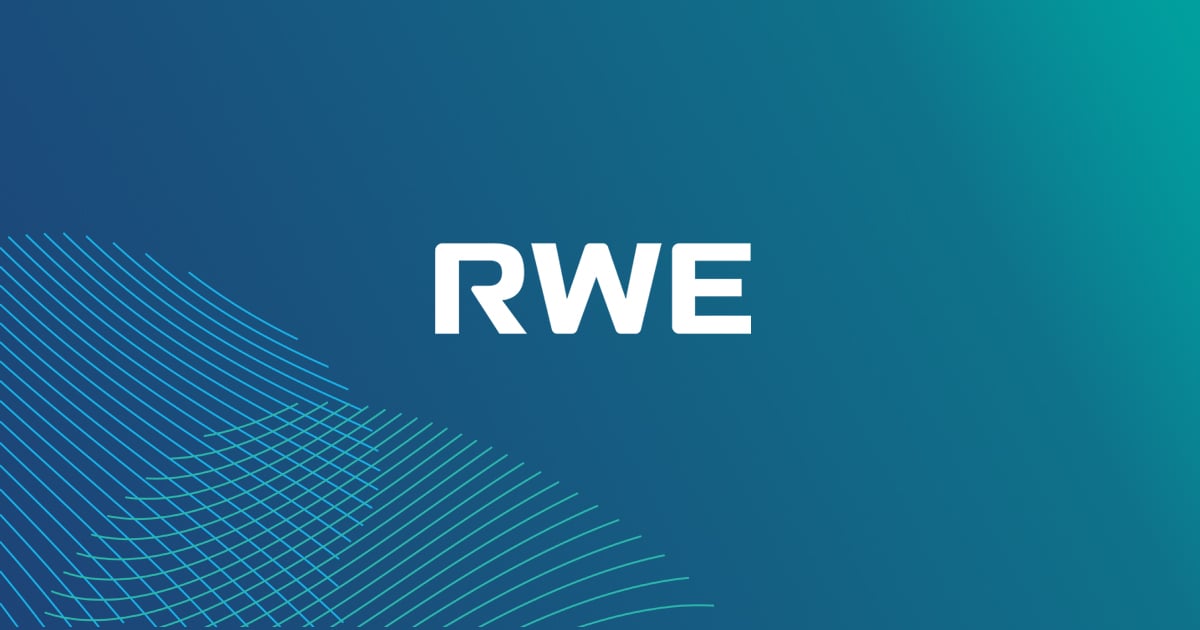
partners
Energy storage
+9

partners
Biodiversity
+4

partners
Offshore wind
+6

partners
Industry
+5

partners
Buildings
+25

partners
Wind research and development
+3

partners
Industry
+4
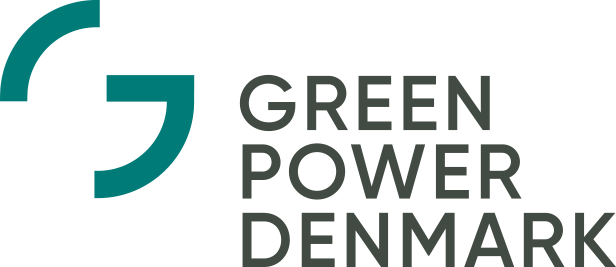
partners
Wind energy
+1
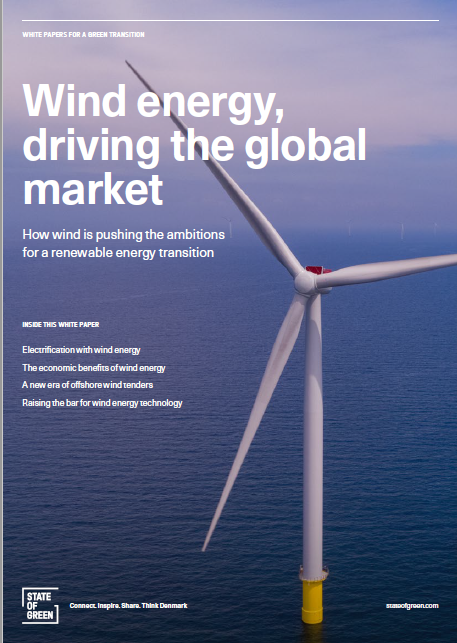
Approximately 4,800 turbines with a combined effect of 6.9 GW are installed in Denmark today with most of them onshore. The 6.2 GW constitute more than a third of the overall Danish production capacity. The large-scale wind energy integration is made possible by a well-developed transmission infrastructure, capable of handling the fluctuating wind energy resource. The Danish electricity grid is connected to the neighbouring countries, enabling the import and export of energy during peak periods.
This white paper takes you through all the elements of the success story of wind energy in Denmark. From the starting point and what we now consider small-scale wind turbines to the projects and technologies that push the bar and the ambitions for wind energy as a source of renewable energy.